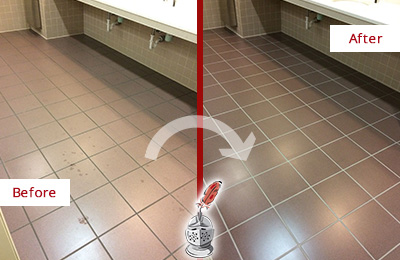Have you been in search of guidance on Preventing Water Damage in the Bathroom?

The washroom is extremely prone for wet accumulation and also possible water damage because of the frequent use of water in it. This write-up offers basic assessment techniques to assist finding water damages risks.
The constant use water in the restroom makes it very at risk for moist accumulation as well as possible water damage. By examining it consistently, you can reduce water related problems.
The adhering to set of inspections is simple to do and also need to be done once in every three months in order to keep your bathroom in good shape as well as to stop potential water damages triggered by the tub, the shower, pipeline joints and also plumbing, sinks, closets, and also the toilet
Do not overlook carrying out these inspections and be extensive while doing them. Bear in mind that these basic examinations can conserve you a great deal of cash by giving very early indications for water damage
Bathtub and Shower
The shower and bathtub require special attention and maintenance. Examine the tiles and change if split. Make certain that there is no missing out on cement between the ceramic tiles. Examine and replace cracked caulking at joints where the walls meet the floor or the bathtub. Clogged drains pipes and also pipelines troubles will certainly avoid the tub from drying and may indicate serious problems under the tub. Talk to an expert instantly to prevent architectural damage. Pay attention to stainings or soft areas around the bathtub wall surfaces as they might suggest an internal leak.
Plumbing
Signs for water damage are difficult to spot since the majority of pipes are installed inside the wall surfaces.
Pay special focus to floor covering and wall surfaces wetness and spots as they may indicate an invisible plumbing trouble. Inspect moisture degrees in adjoining rooms too.
Sinks and also Cabinets
Sinks as well as cabinets are revealed to wetness and moisture everyday and are usually neglected. Inspect consistently under the sink as well as on the countertop over it. Fix any drip in the trap as it might suggest drainpipe issues. Take a look around the sink, slow-moving draining pipes might suggest an obstructed drainpipe. Replace sink seals if they are fractured or loose.
The Commode
The toilet is a prone water junction. Examine the water lines and look for leaks around the commode seat, in the hose pipe, and also under the water tank. If you identify any type of indicators of moisture on the floor around the commode, check for leakages in the toilet rim and also tank seals.
Know that hanging toilet dish antiperspirants enhances the opportunities for blockages.
TIPS TO PREVENT WATER DAMAGE IN THE BATHROOM
The average household uses approximately 80-100 gallons of water per person per day. For a family of 4, that's almost 2,500 gallons of water a week! The largest portion of this consumption comes from bathroom use. Flushing the toilet uses the most water, followed by taking a shower or bath. With that much water running through the home, water damage in the bathroom is bound to happen. Knowing how to spot signs of a water leak is essential to preventing long-term damage. This guide provides you with tips to reduce the impact of water damage on your bathroom.
CAUSES OF BATHROOM WATER DAMAGE
Pipe breaks are the most common cause of water damage we see in our daily jobs. The age of a pipe plays a large role in a pipe break as well as corrosion. Over time, the metal begins to break down, allowing water to escape. Frozen pipe breaks are also a concern in the winter months. Toilet overflows caused by paper products or children flushing inappropriate items. Degraded caulking around the toilet or bathtub can allow water seepage, sometimes behind the fixture, into the subfloor or walls. Condensation forms when the water in a pipe is cooler than the air temperature. Beads of water form on the exterior of the pipes, sometimes so much so that the water begins to drip and pool below. Sink or shower backups created by poor drainage. HOW TO PREVENT WATER DAMAGE IN YOUR BATHROOM
Inspect your toilet supply line for worn or frayed hoses and replace them as needed. Winterize your plumbing to prevent a frozen pipe break. Use vent fans to prevent condensation that can lead to mold growth. Routinely check and replace degraded caulking around your toilet or bathtub. Increase the temperature in your toilet tank and insulate your pipes during the warm summer months to keep condensation from forming. Use child safety locks on the toilets. Flush only toilet paper. "Flushable" wet wipes are actually not good for your plumbing system. Additionally, feminine hygiene products should not be flushed. Prevent water from escaping the tub or shower. Make sure shower curtains are in good condition. Inspect shower doors and replace the seal strip if necessary. Wipe up any water that accumulates on the floor and use bath mats. Water left to sit can cause damage to the tiles and flooring. Refrain from using bath products containing heavy oils to avoid a clogged drain.

I came across that entry about Preventing Water Damage in the Bathroom while doing a lookup on the search engines. Liked our article? Please share it. Help someone else discover it. Thank you so much for your time invested reading it.
See Availability